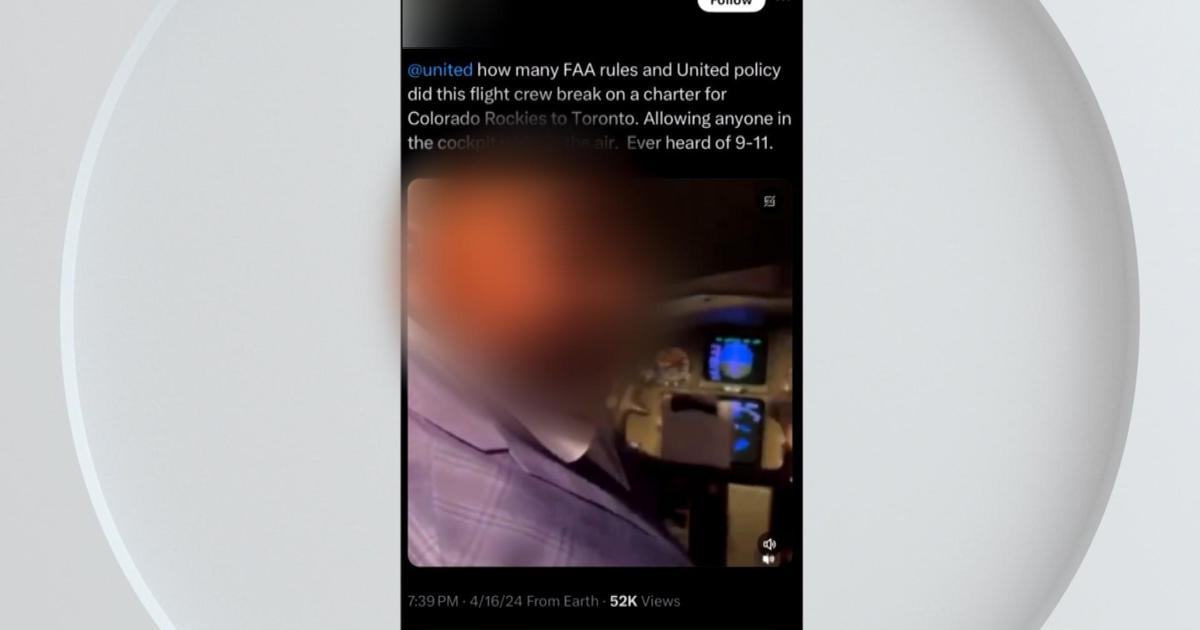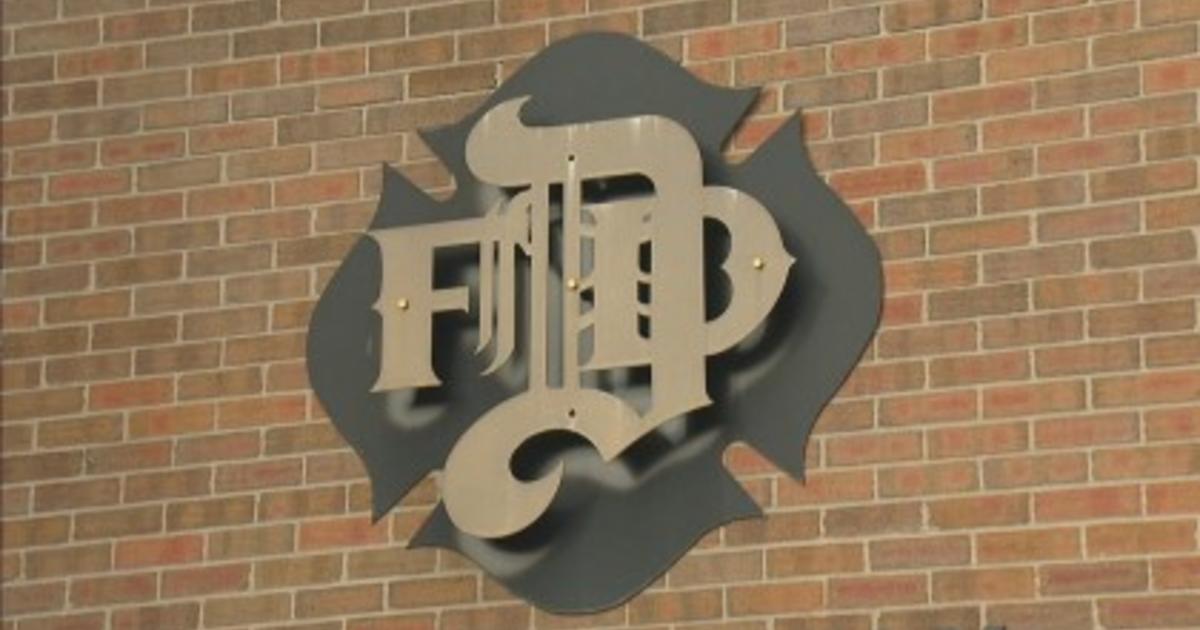3-D Printer Used To Construct Gun Parts
DENVER (CBS Denver) -- America's history is deeply rooted in the access and possession of firearms, but now in the Internet age, accessing gun parts can be as easy as downloading a music file.
Recently, a blogger named "Haveblue" – later identified by the New York Daily News as Michael Guslick -- detailed how he created parts of an AR-15 with a 3-D printer, a device that can create three dimensional solid objects from a digital model.
Guslick documented in his blog how he recreated the lower parts of the AR-15 using his 90s-era 3-D printer. When he was complete he ran it through the machine, and with a little work, he had a full lower piece of an AR-15 -- the same weapon that was used in the Aurora movie theater massacre.
Three-D printers have been available on the open market for a few years now, pricing between $1,000-$5,000, and can create objects out of a variety of materials such as ABS plastics or ceramic. The high-end commercial machines, which can cost in the high six figures, can print metal, including titanium.
Every object a 3-D printer spits out starts the same, a computer file with a 3-D object. Although 3-D software used to be outside the average personal computer user's capability and price range, free ones such as Google's SketchUp are available.
Users can also modify a file to customize the object their 3-D printer is going to construct. When Guslick started his project, he first downloaded a 3-D model of the lower part of the AR-15 from another gun enthusiast's website.
Guslick then edited the file, adding a trigger guard and strengthened a few other parts. The total amount of materials he used was $30, compared to the $100 to $250 the parts would normally cost retail.
David ten Have, CEO of Ponoko, a professional 3-D printing shop, spoke to CBS Denver about the 3-D gun part.
"The important thing is that it's the lower part of the gun that was printed," Have said. "The top part is more susceptible to the rigors of firing a bullet."
Have added: "The top part has a lot more stress and that would require a bit more engineering to create. It can't be created with at-home technology."
Have said that it's possible to create other parts like the barrel with a commercial 3-D printer, but they wouldn't be able to print the finer parts like the springs for a trigger mechanism, and 3-D printers also cannot print bullets.
"There are easier ways to get a gun," Have said. "You could get one of the big commercial machines, and print out most of it, but that'll cost a lot. It would be easier to get one from Walmart."
But if one is so inclined to invest in the equipment, printing guns would be legal, according to David B. Kopel, research director of the Independence Institute, a think tank based in Golden, Colo.
With the exception of machine guns, private citizens "can manufacture their own firearms and ammunition for personal use," Kopel told CBS Denver.
However, the weapons cannot be sold or given away.
"If they transfer the firearms or ammunition to another person that's illegal, unless the person has a federal manufacturing license," Kopel said, adding that would be considered a federal offense if the weapon is transferred.
In the eyes of the law, distributing the digital files, or plans for 3-D printers, would be the same as passing around an instruction manual for a rifle that's available at a gun shop.
"Gun manufacturers will distribute instruction manuals to promote gun safety, so legally it would be like that," said Kopel. "If someone could publish the plans for an AK-47, I can't see why you would get in trouble for distributing your plans."
CBS Denver reached out to the NRA and the ATF for comment.



